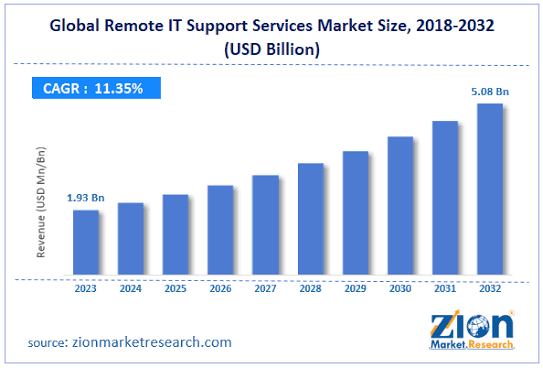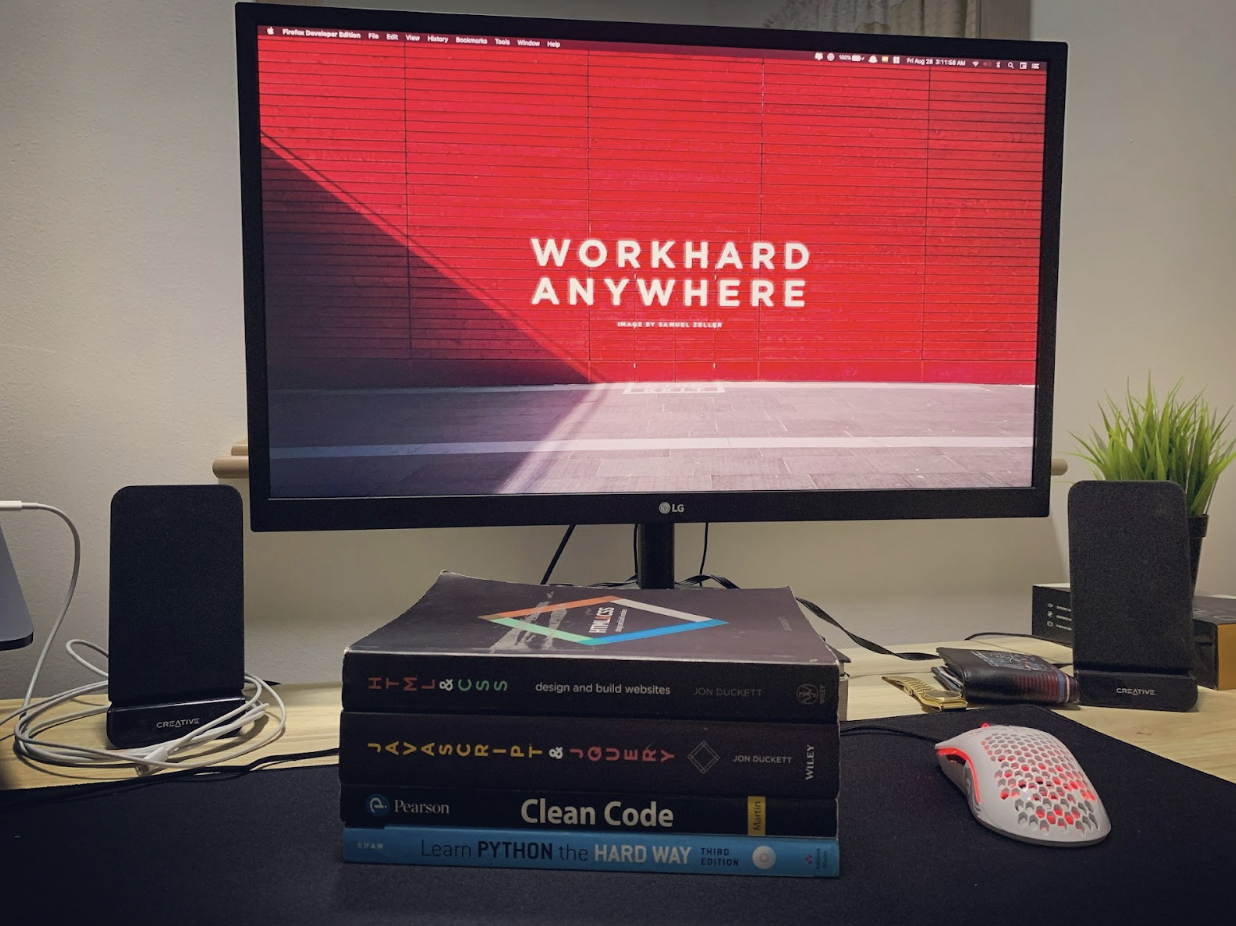 News
News
Living through 2025 has been a very fast paced experience for us all and delivering software quickly and efficiently is key to staying ahead. Agile teams thrive when they can collaborate seamlessly, iterate fast, and adapt to changing priorities, but achieving that requires the right development setup. Nearshore developers have emerged as a smart solution, offering the perfect mix of cost savings, real-time collaboration, and cultural alignment. With nearshoring, teams can accelerate product delivery, reduce delays, and scale effectively without the typical challenges of offshore or onshore models!
Why Choose Nearshoring Over Other Methods
When weighing outsourcing models, nearshoring often strikes the balance that offshore and onshore alone can’t deliver. Onshore gives you cultural alignment and legal ease, but costs can quickly become prohibitive when scaling Agile teams. Offshore, on the other hand, usually offers attractive hourly rates, yet the time zone gaps and communication barriers often erode those savings through slower sprints, extended feedback loops, and hidden rework costs. Nearshoring merges the best of both: you gain cost efficiencies without losing real-time collaboration, you stay within manageable time zones that support Agile ceremonies, and you benefit from cultural proximity that keeps requirements clear. This mix is why companies serious about fast, iterative delivery increasingly favor nearshoring as their long-term product strategy.
Top 11 Advantages of Hiring Nearshore Developers for Agile Product Delivery
1) Time Zone Alignment That Actually Shortens Feedback Loops.
Nearshore teams share overlapping business hours with your core product squad, which converts many “overnight answers” into same-day decisions. That matters for Agile: pull requests, clarifications and user-story reworks get resolved inside the same sprint rather than bleeding into the next one. Practically, this reduces sprint disruption and keeps reviewers, PO and engineers moving at the same cadence, which lowers the risk of late-stage rework and missed sprint goals.
2) Fewer Hidden Costs From Miscommunication.
Offshore models often hide costs in the form of extra meetings, clarification cycles and rework caused by long response latencies; recent industry write-ups estimate that such inefficiencies can add roughly 15–25% in hidden cost to projects. Nearshore engagement significantly reduces those lagging cycles because stakeholders can meet live, iterate on the same day, and run faster sprint demos, which directly improves throughput and lowers total project spend beyond just hourly rates.
3) Faster Time to Market With Tighter CI/CD Rhythms.
When your engineering, QA and product owners operate within the same or adjacent time zones, continuous integration and delivery become truly continuous. Sprints finish cleanly; regression testing and deployment windows can be coordinated without awkward timezone handoffs; and feedback from beta users or customer success can be acted on within the same 2–3 week delivery cycle Agile prefers. Multiple nearshore analyses show teams consistently shortening release cycles and shipping functional increments faster than comparable offshore setups.
4) Cultural and Language Affinity That Preserves Intent and Product Nuance.
Agile product delivery requires shared understanding. Nearshore partners often share cultural references, business norms and higher English fluency with product teams in the same region. That reduces semantic drift in acceptance criteria, UX interpretation and requirement prioritization. The result: user stories are implemented closer to the product intent, acceptance rates rise, and the product backlog cleans up faster.
5) Access to Talent While Keeping Predictable Cost and Quality Tradeoffs.
Nearshoring gives you access to large pools of skilled engineers at lower salary bands than your home market, but without the quality and management friction of long-distance offshore teams. Industry reports and vendor benchmarks repeatedly show cost savings, often cited in the 30–50% range depending on region and seniority, while keeping strong retention and code quality through regular pair programming, shared tooling and aligned OKRs. That makes nearshore attractive for scaling Agile teams predictably.
6) Faster Onboarding and Knowledge Transfer for Continuous Product Discovery.
Because working hours overlap, you can run onboarding workshops, design reviews and technical walkthroughs in live sessions rather than asynchronous docs-only handoffs. Live onboarding shortens the “ramp” time for new hires or added sprint capacity, so feature teams can expand or contract quickly with minimal context loss, a critical capability when product discovery reveals new priorities mid-quarter.
7) Legal, Regulatory and IP Proximity That Reduces Delivery Risk.
Nearshore agile software development partners are often under similar legal frameworks or trade agreements, which simplifies contractual protections around IP, data residency and compliance. That proximity speeds contract negotiation, lowers legal review cycles, and reduces surprises during audits, all of which protect your Agile delivery from last-minute blockers that otherwise stall deployments.
8) Operational Patterns That Amplify Agile Best Practices (Pairing, Mobbing, CI, DORA Metrics).
Nearshore teams make it practical to run daily pairing sessions across teams, conduct joint retrospectives in real time, and track delivery metrics (lead time, deployment frequency, mean time to restore) with shared dashboards. The operational friction of real-time collaboration lets managers convert agile rituals from “nice to have” into repeatable, measurable practices that improve DORA-style metrics over time.
9) Easier Product Owner Engagement Across All Agile Ceremonies
Agile frameworks emphasize constant stakeholder involvement, but offshore models often make it difficult for product owners to attend standups, backlog grooming or sprint reviews. With nearshore, the overlap in time zones allows POs and business analysts to be fully present in ceremonies. This not only accelerates decision-making but also ensures backlog prioritization aligns closely with shifting business needs.
10) Stronger Alignment With Regional Market Dynamics
Nearshore developers often have first-hand exposure to regional consumer behaviors, compliance standards and cultural expectations. For product delivery, this translates into features and UX decisions that resonate better with the target audience. Agile thrives when feedback loops reflect real customer needs, and nearshore talent often brings that local market insight directly into sprint planning.
11) Greater Flexibility for Scaling Agile Teams on Demand
Because of proximity, similar work culture and easier contract negotiations, nearshore vendors can scale teams up or down quickly without introducing months of ramp-up. This flexibility is crucial in Agile environments where product roadmaps shift rapidly. Adding capacity for a new feature set or temporarily expanding QA coverage during regression testing becomes far simpler when nearshore talent can be onboarded in days instead of weeks.
Here’s the rewritten and expanded version, with each point fully detailed and all references removed:
Why LATAM Is a Great Place for Hiring Nearshore Agile Developers
→ Time-zone overlap that supports real-time Agile ceremonies: Developers in LATAM share similar working hours with North American teams, which makes it easier to run Agile ceremonies like daily standups, sprint planning, and sprint reviews without forcing anyone into late-night or early-morning schedules. This overlap allows feedback to be incorporated immediately within the same sprint cycle, reducing waiting time and accelerating delivery.
→ High English proficiency and cultural alignment: Many LATAM professionals are fluent in English and are familiar with U.S. and North American business norms. This minimizes misunderstandings, makes requirement gathering smoother, and ensures that Agile processes run efficiently. Cultural proximity also helps developers better grasp product goals, making it easier for teams to work toward the same vision.
→ A rapidly growing pool of technical talent: LATAM is home to a large and expanding base of skilled engineers. Universities, coding bootcamps, and private training programs across the region have invested heavily in STEM education. As a result, companies gain access to developers experienced in full-stack development, mobile applications, cloud computing, cybersecurity, and even emerging fields like AI and machine learning. This means teams can scale with specialized talent without compromising on expertise.
→ Cost efficiency without loss of quality: Hiring in LATAM allows companies to significantly reduce development costs compared to onshore teams in the U.S. or Europe, while still maintaining a high standard of delivery. The reduced cost structure comes from differences in living expenses across the region, but it doesn’t mean a compromise on skills. Many LATAM developers are experienced with Agile practices and modern tech stacks, making them both affordable and highly capable.
→ Government support and favorable policies: Several countries in LATAM have introduced programs that support IT exports, digital innovation, and technical education. Tax incentives, grants, and R&D support make the region attractive for long-term collaboration. This government backing not only strengthens the tech industry but also brings stability for companies partnering with LATAM teams.
→ Thriving technology ecosystems: LATAM’s growing cities have established themselves as tech hubs, with active communities that regularly host hackathons, meetups, and developer conferences. This culture of collaboration and knowledge-sharing ensures developers stay up to date with modern frameworks, Agile practices, and cutting-edge technologies. The result is a workforce that is constantly improving and innovating, which directly benefits Agile product delivery.
→ Predictable collaboration with fewer hidden costs: Because of cultural and business similarities, LATAM developers are accustomed to working in environments that value accountability, communication, and efficiency. This reduces hidden costs that often appear with offshore setups, such as repeated clarifications, time zone misalignment, or frequent rework. The geographical proximity also makes it easier for company leaders to schedule in-person visits, reinforcing trust and alignment.
→ Scalability and flexibility for Agile teams: LATAM vendors and freelancers are used to working with fast-changing project scopes, making them well-suited for Agile environments where priorities often shift. Teams can quickly scale up when new features or modules are added to the product backlog and scale down once delivery goals are met. This flexibility helps businesses manage resources effectively without slowing down their sprint cycles.
Working With Blue Coding!
We know that hiring nearshore developers means keeping Agile delivery smooth and consistent. That’s where we make a difference. At Blue Coding, we connect you with skilled LATAM developers who work in your time zone, understand your culture, and fit naturally into your product team. This way, you avoid the high costs of onshore and the delays of offshore, while keeping your sprints moving at the right pace. Our teams adapt quickly to your workflows, CI/CD setup, and product goals, making delivery faster and more reliable. If you want a nearshore partner that helps your Agile teams scale without the usual friction, contact us today and let’s get started with a free strategy call!




